Understanding Aortic Valve Surgery: What You Need to Know
Aortic valve surgery is a major heart procedure that can significantly improve quality of life and in many cases, it’s life-saving. Whether you’ve just been diagnosed with a valve issue or you’re supporting someone who has, this guide will walk you through what the surgery involves, why it’s done, how it’s performed, and what to
What Is the Aortic Valve and Why Is It Important?
The aortic valve is one of four valves in the heart that ensure blood flows in the correct direction. It regulates blood flow from the left ventricle (the heart’s main pumping chamber) into the aorta, the largest artery in the body. From there, oxygen-rich blood is carried to the rest of the body.
When this valve becomes narrowed or doesn’t close properly, it can affect your heart’s ability to pump efficiently, leading to serious health issues.
Types of Aortic Valve Surgery
There are two main types of aortic valve surgery: repair and replacement
1. Aortic Valve Repair
Valve repair is less commonly performed but can be a great option in specific cases where the valve isn’t too badly damaged. Surgeons may reshape valve flaps or reinforce the ring around the valve to restore proper function. It’s generally suitable for selected types of valve defects.
2. Aortic Valve Replacement
This is the more common procedure, especially when the damage is severe. The surgeon removes the damaged valve and replaces it with:
- A mechanical valve (made from metal or carbon):
✓ Extremely durable
✗ Requires lifelong blood-thinning medication (e.g. warfarin) - A biological valve (from pig, cow, or human tissue):
✓ Usually no long-term anticoagulation needed
✗ Less durable—may need replacing after 10–20 years (especially in younger patients)
Why you might need surgery?
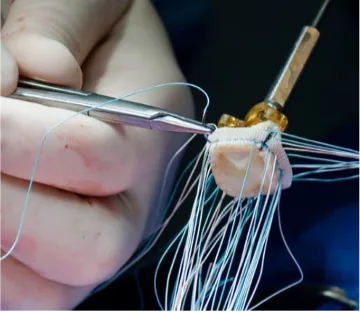
Aortic valve surgery may be recommended if the valve:
- Doesn’t open properly (aortic stenosis)
- Leaks and doesn’t close fully (aortic regurgitation)
These issues can lead to a range of symptoms, including:
- Chest pain or tightness
- Breathlessness
- Fatigue
- Fainting
- Heart failure in severe cases
If left untreated, these conditions can worsen and potentially become life-threatening.
How Is the Surgery Performed?
There are several approaches to aortic valve surgery. Your medical team will recommend the best option based on your age, health, and specific condition.
Open-Heart Surgery
This traditional method involves a 10–12 cm incision in the chest (sternotomy) and use of a heart-lung machine. It’s a well-established approach with proven long-term outcomes
Minimally Invasive Surgery
A less invasive version of open surgery, using smaller incisions but still involving a heart-lung machine. Recovery tends to be quicker and scarring smaller.
TAVI (Transcatheter Aortic Valve Implantation)
TAVI is a catheter-based procedure done via a blood vessel (often in the groin). It’s typically offered to older or high-risk patients who may not tolerate open surgery. The recovery time is shorter, but there are specific risks, such as stroke and a higher chance of needing a pacemaker afterwards.
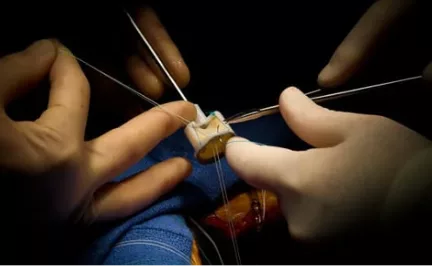
Recovery: What to Expect
Hospital Stay
Most patients stay in hospital for about 5 days, depending on their general health before surgery.
Full Recovery
- Open-heart surgery: 6–12 weeks
- Minimally invasive or TAVI: Usually shorter
Most people notice a significant boost in energy levels and an improvement in symptoms after they’ve fully recovered.
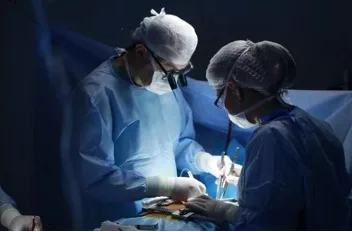
What Are the Risks?
As with any major surgery, aortic valve procedures carry risks. These include:
General Risks (All Procedures)
- Bleeding
- Infection (including heart infection, or endocarditis)
- Blood clots → stroke, heart attack, or pulmonary embolism
- Irregular heart rhythms (arrhythmias)
- Kidney or lung complications
- Valve issues later on (leakage or obstruction)
Specific Risks by Surgery Type
Open-Heart (including minimally invasive)
- Longer recovery
- Greater risk of infection and pain
- General anaesthesia and use of heart-lung machine
- Hospital stay typically 5–6 days
TAVI
- Less invasive with quicker recovery
- Higher risk of stroke
- Increased likelihood of needing a pacemaker
- Valve may not last as long—less suitable for younger patients
Factors That Increase Surgical Risk
Some health conditions can increase the chances of complications during or after surgery, such as:
- Older age
- Frailty or malnutrition
- Heart failure
- Chronic kidney or lung disease
- Diabetes
- Previous heart surgery
- Active infections or inflammation
Mortality Risk
For most low-risk patients undergoing surgical aortic valve replacement, the mortality rate is around 1–3%. Risk is higher in emergency cases, repeat surgeries, or patients with multiple serious conditions.
Each patient is assessed individually to determine their risk profile.
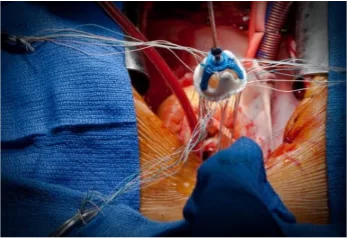
Long-Term Considerations
After surgery, regular follow-up and heart monitoring (usually with echocardiograms) are essential.
Mechanical Valves
- Lifelong blood thinners are needed
- Higher risk of bleeding
Biological Valves
- May wear out over 10–20 years
- More likely to need reoperation if you’re younger
Your cardiologist will help you choose the valve type best suited to your age, lifestyle, and medical history.
Final Thoughts
Aortic valve surgery is a major procedure but for many people, it can restore quality of life and prevent life-threatening complications. Understanding your options, risks, and what recovery involves can help you make informed decisions and feel more prepared.
If you’re facing this surgery or supporting someone who is, don’t hesitate to ask your cardiologist questions or seek a second opinion.
Author’s Biography
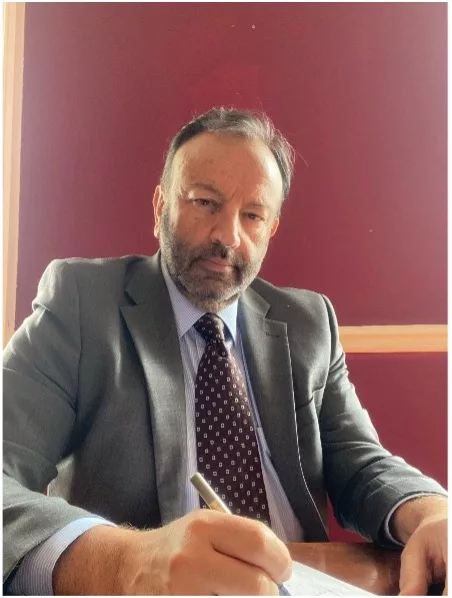
Mr Franco Ciulli
Consultant Cardiothoracic Surgeon
Mr. Franco Ciulli is a senior consultant cardiothoracic surgeon based at the Bristol Royal Infirmary, with nearly three decades of experience in adult cardiac surgery. He has performed over 5,000 open-heart procedures since his appointment as a consultant in 1996.
His areas of expertise include:
• Minimally invasive cardiac surgery
• Coronary artery bypass grafting (CABG)
• Beating heart surgery (off-pump coronary artery bypass, OPCAB)
• Aortic valve surgery
• Mitral valve repair
• Arrhythmia surgery for atrial fibrillation
Mr. Ciulli practices at both the Spire Bristol Hospital (francociulli.co.uk) and the Bristol Heart Institute, where he been instrumental in introducing advanced techniques such as minimally invasive mitral valve repair and beating heart coronary artery bypass surgery.
His medical education began with a Doctor of Medicine degree from the University of Verona, Italy, in 1986, followed by specialized training in cardiovascular surgery. He further honed his skills through various fellowships and registrar positions in Glasgow, Papworth Hospital, and St. Vincent’s Hospital in Sydney.
In addition to his clinical work, Mr. Ciulli is actively involved in research, with publications in peer-reviewed journals and contributions to medical textbooks. He has also played a significant role in training cardiac surgeons from the UK and internationally.
For more detailed information or to arrange a consultation please ring Rebecca 07455416223 or email Rebecca-francociullibristol@outlook.com



Leave feedback about this